Ukraine crisis: Russia's claim on Crimea's football clubs
- Published
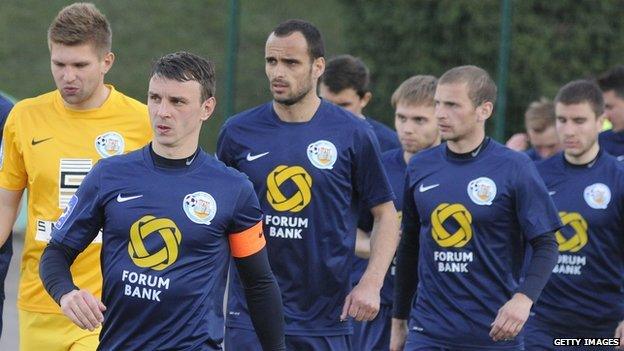
FC Sevastopol players before a Ukraine championship match against FC Carpaty in Lviv on 29 March 2014
The recent conflict between Russia and Ukraine has impacted directly on football in the region, with three clubs from the annexed Crimea region - including two formerly from Ukraine's top tier - starting the new season in the Russian lower leagues.
The clubs - TSK Simferopol, SKChF Sevastopol and Zhemchuzhina Yalta - made their debuts in the Russian Cup this week and have been placed in the third tier of Russian league football. They will play their first matches in the division next week.
The Ukraine Football Federation's (FFU) president, Anatoly Konkov, sent a letter of complaint to world governing body Fifa and European football authorities Uefa, asking them to punish the Russian Football Union (RFU) for the move.
"As the president of the Ukrainian national association, I am asking you to take all necessary actions to deal with the situation, including applying sanctions," Mr Konkov wrote.
"This is a matter for the whole of Ukrainian football."
The Russian football authorities did not officially inform Uefa or Fifa about their decision to incorporate the teams.
Uefa say they are "monitoring the situation" and are in contact with both national associations to discuss the matter, while Fifa say they are aware of it but that the matter should be dealt with by the European football governing body.
New names
The Crimean clubs have also been renamed and been given Russian addresses. TSK was previously known as SC Tavriya, while SKChF from the city of Sevastopol - where Russia's Black Sea naval fleet is based - had been playing in the Ukrainian Premier League as FC Sevastopol.
"We had certain reasons to do that [change the club's name]," a spokesperson for SKChF told the BBC.
"It had to be [now known as] another club, not the one that is registered at the Ukrainian Football Federation.

Fifa president Sepp Blatter said the annexing of Crimea would not affect Russia hosting the next World Cup
"We got a Russian address and changed the squad, with players who have Russian passports, because we can't use the Crimean players yet."
According to Russian third division rules, only players with Russian citizenship can take part in the league.
Both SC Tavriya and FC Sevastopol finished last season in the Ukrainian top flight.
In addition, the conflict between Kiev and Moscow put an end to plans for a United Football League, which was supposed to bring together the top eight clubs from Russia and Ukraine to play in a single championship.
The Russian annexation of Crimea is not recognised by the international community and Ukraine considers its territory occupied by Russia. Moscow says the territory is Russian and signed a law formalising the country's takeover of Crimea from Ukraine in March.
Russian advice
The decision to incorporate the Crimean clubs into the Russian championship was adopted at a meeting of the RFU's executive committee on 8 August.
"We [asked] the Russian ministry of sports for advice," RFU president Nikolai Tolstykh said.

The Crimean port of Sevastopol serves as a base for Russia's Black Sea naval fleet
"And we got an answer: The RFU is one of Russia's sports federations, and in accordance with Russian legislation, Crimean sports clubs and organisations have equal rights, along with other regions, to membership of all federations."
Russian sports minister Vitaly Mutko - who is also a member of Fifa's executive committee - told reporters that he considers the inclusion of the Crimean clubs an internal Russian affair.
One legal expert, Russian sports lawyer Michael Prokopets, questioned the RFU's decision to incorporate the Crimean clubs into the Russian league.
"Crimea at the moment is not recognised as a Russian territory by the international community," Mr Prokopets told BBC Russian.
"[As far as] Fifa and Uefa [are concerned], it is the territory of Ukraine and therefore they need the permission of Fifa and the FFU."
Mr Prokopets, however, does not think the matter will affect Russia's hosting of the 2018 World Cup - for now.
Fifa boss Sepp Blatter said in March that the 2018 tournament would go ahead in Russia, despite the nation annexing Crimea.
Additional reporting by Stephen Fottrell.
- Published11 August 2014
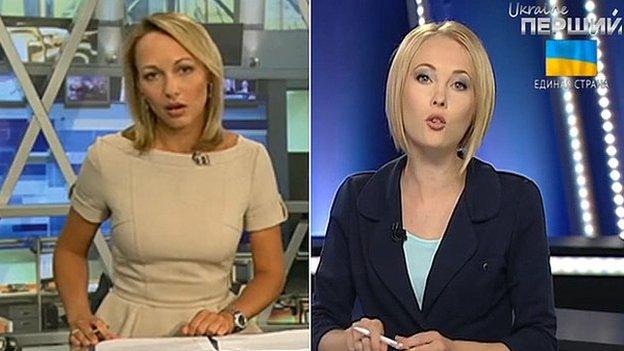
- Published13 November 2014
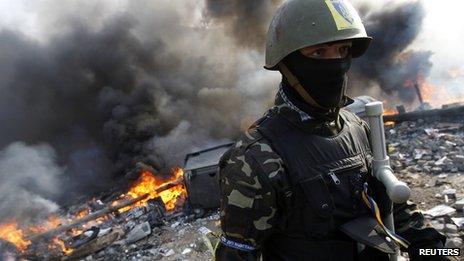
- Published22 July 2014
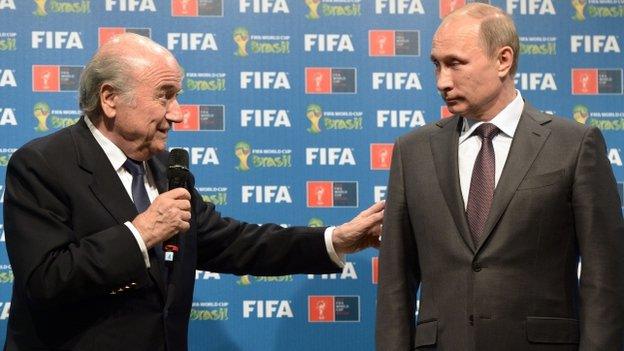
- Attribution
- Published21 July 2014
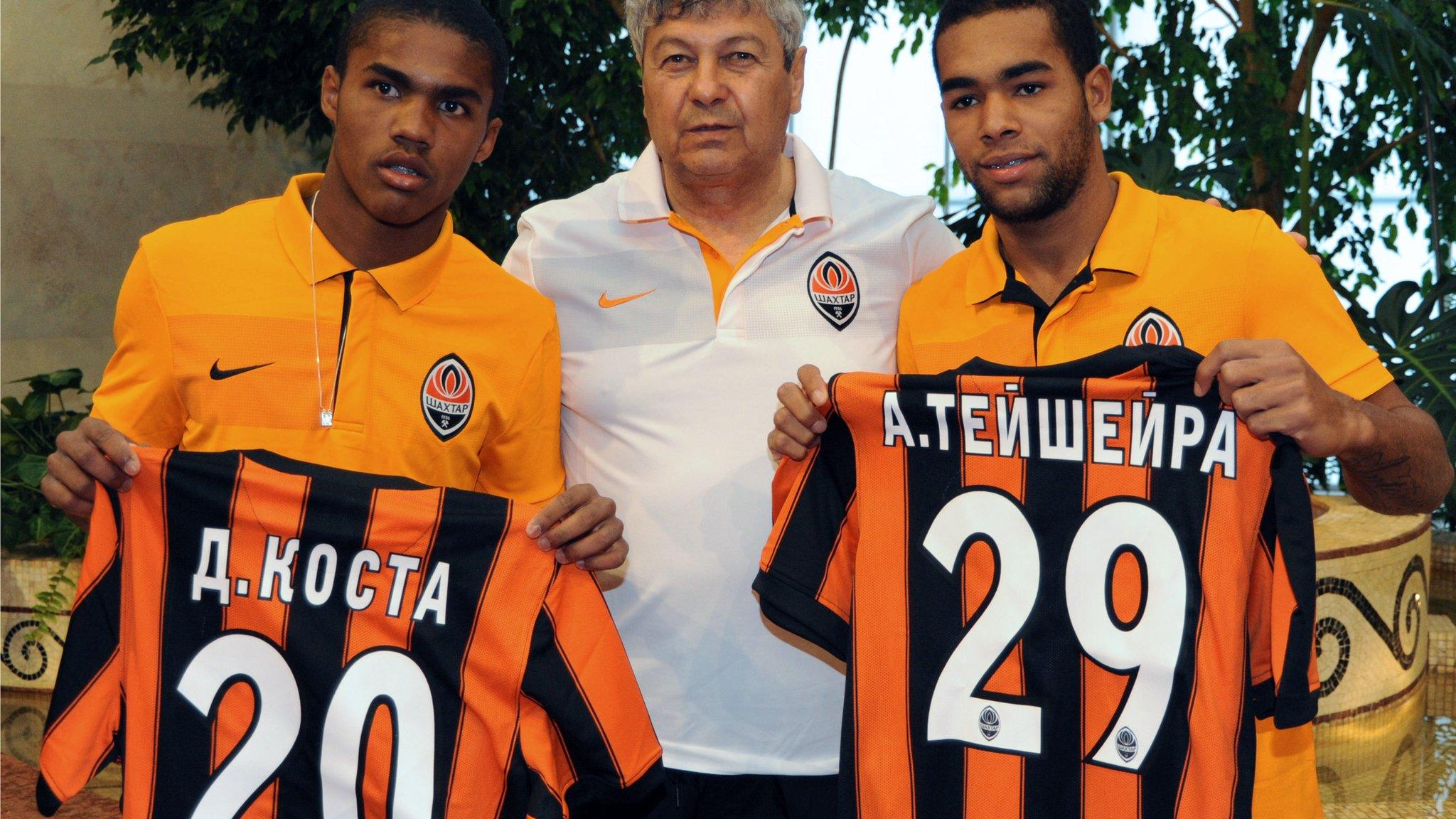
- Attribution
- Published21 March 2014
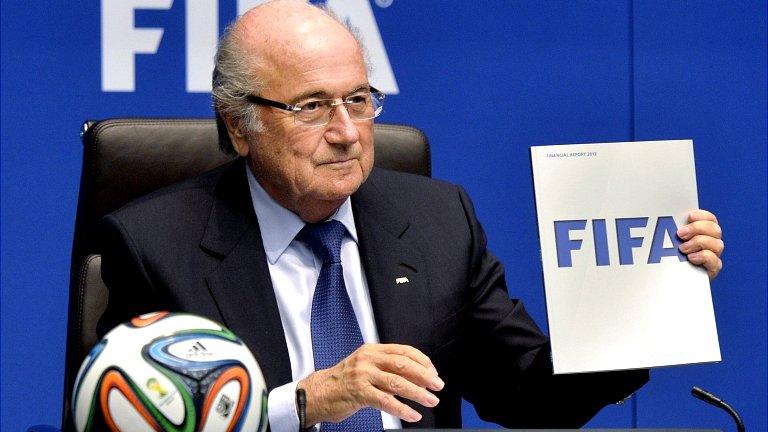
- Published21 March 2014
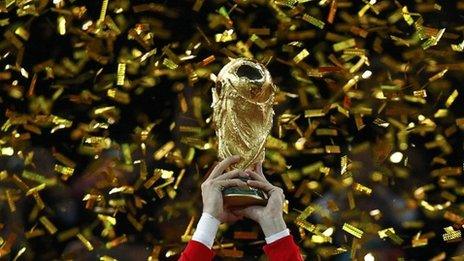
- Attribution
- Published25 October 2013